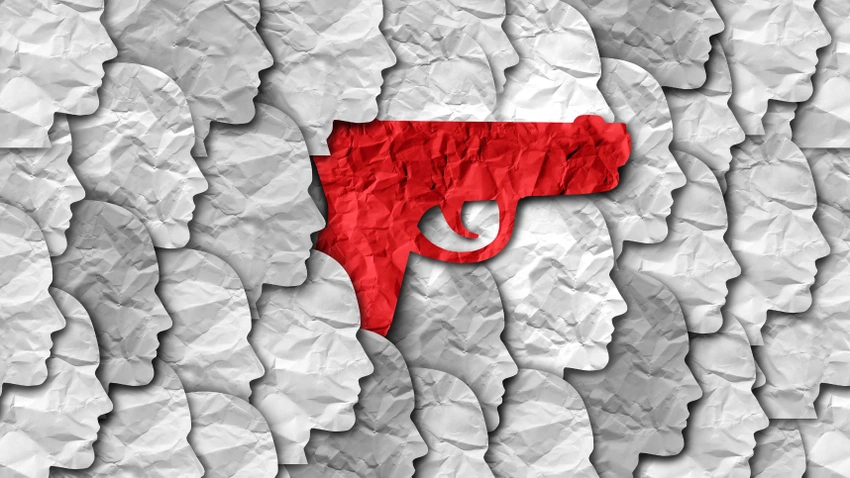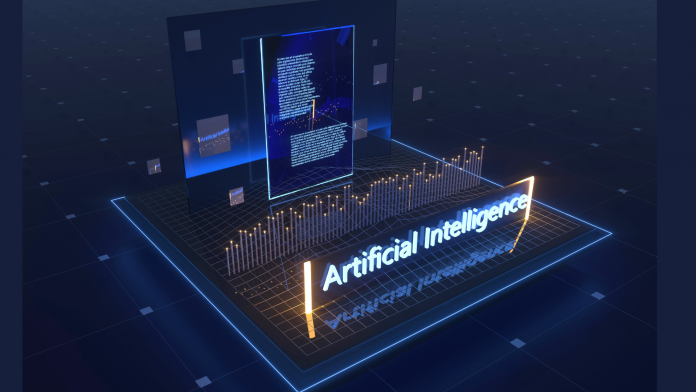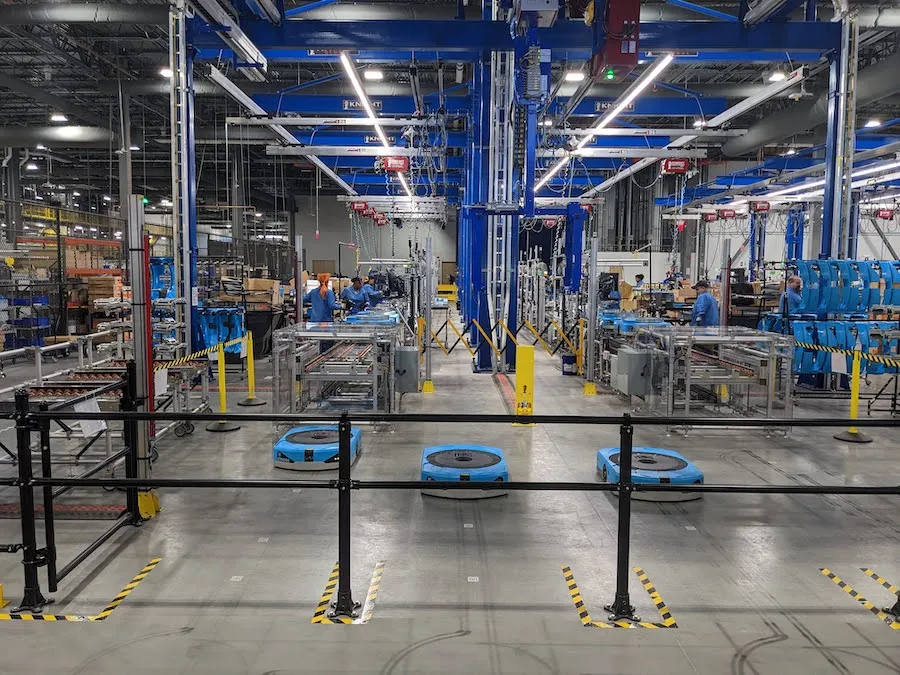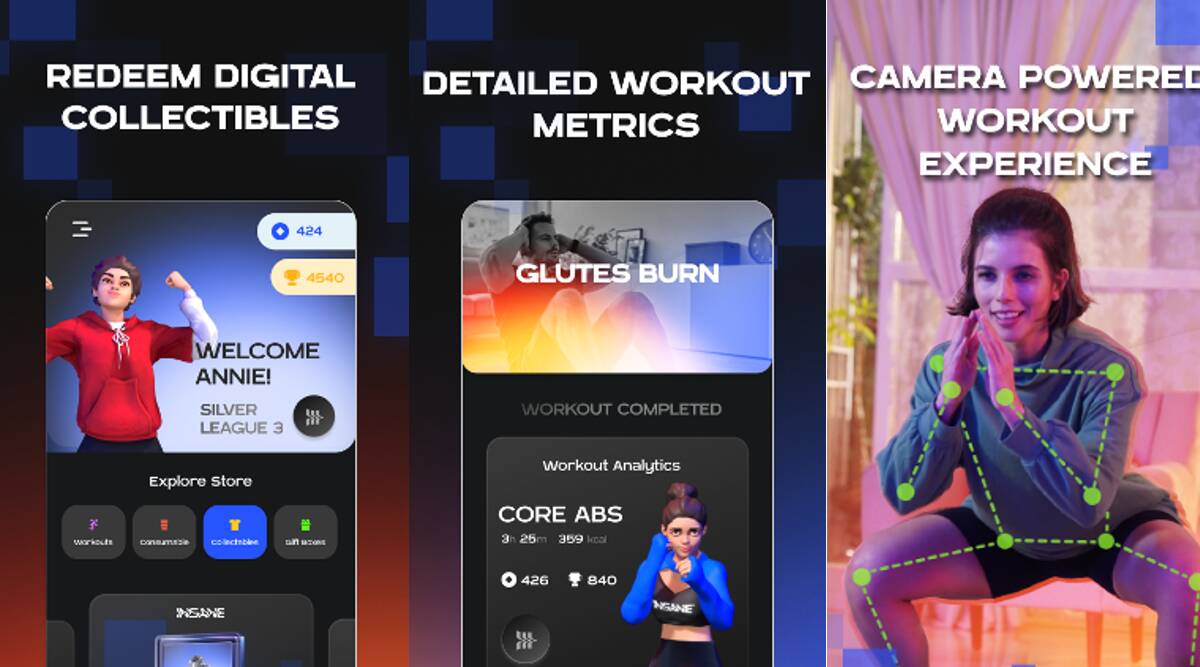Avenues in computer vision
SOURCE: THEHINDU.COM
OCT 05, 2021

Traditional computer vision techniques used specialised algorithms or feature engineering. | Photo Credit: Freepik
Deep Learning is the way forward for aspirants in the field
With the evolution of AI in various fields, the world is witnessing the progressive impact of its applications in various fields. A decade-and-a-half ago, computer vision, natural language processing (NLP), and speech recognition were disparate fields with specialised algorithms for each domain. Then came deep learning, which provided a unified framework for different AI tasks.
Traditional computer vision techniques used specialised algorithms or feature engineering. In this process, one has to build specific detectors to identify parts of the image. Finally, these parts are put together to identify the image as a whole. For those who seek to be a part of the ever-evolving computer vision industry, a background in computer science engineering is mandatory. Those from other disciplines will have to learn programming languages before they specialise in particular fields of AI.
Options aplenty
There are multiple ways of taking up computer vision as a career. One could take up Maths and AI-related courses during their UG, with majors in Computer Science. Subjects such as linear algebra, probability and calculus are quite important. Then, one could go on to pursue a Master’s and a Ph.D.
For those who are focused and passionate, self-learning takes them on a progressive path. Andrew Ng’s machine learning course, as well as Stanford’s course on convolutional neural networks, are some well-endorsed ML courses. There are also plenty of courses and books for building mathematical foundations and architectures needed for deep learning and machine learning. This field is categorised into two specialities, depending on the kind of work at a corporate level:
Data science stream that focuses on building models: Here, given a real-world problem, the task is to build a model which can solve the problem to the desired level of accuracy. This is one end of the spectrum.
Platform engineers (aka MLOps): While building models is the core job, building the surrounding infrastructure is equally important. This entails lining up the data, training and evaluation pipeline; ingesting data; making it production-ready by training the model at scale; continuous monitoring and retraining to prevent degradation.
Scope in India
AI and related fields are all about automating mundane tasks in the human world, thus increasing efficiency. This, hopefully, will enable humans to focus on creative tasks. With the advent of deep learning, the boundaries of computer vision and other related tracks of AI are thinning. Deep learning is the way forward; encompassing speech, vision, and audio, leaving traditional computer vision almost dead. This is fuelled by growing dataset sizes and compute costs getting cheaper. Deep learning is driving higher levels of accuracy; its neural networks fed with hundreds of images learn to recognise it automatically.
Traditional computer vision is a waning field, and deep learning is the way forward. It is imperative for software engineers to learn and practice deep learning if they are looking at specialising in the fields of AI.
LATEST NEWS



WHAT'S TRENDING


Data Science
5 Imaginative Data Science Projects That Can Make Your Portfolio Stand Out
OCT 05, 2022

Hybrid AI-powered computer vision combines physics and big data
SOURCE: HTTPS://WWW.SCIENCEDAILY.COM/
AUG 14, 2023
How an Indian startup is using smartphone’s front camera to make fitness fun
SOURCE: INDIANEXPRESS.COM
OCT 24, 2022










